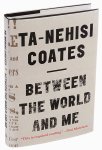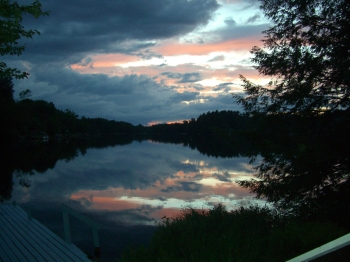
Photo copyright: Can Stock Photo
On this Thanksgiving week, check out that turban squash as you consider the current debate: Should the U.S. shut its doors to Muslim refugees from Syria and Iraq in the wake of Islamic terrorists killing 130 people in Paris?
While reading about race and privilege, I came across this quote that also illuminates the refugee question.
Either we are committed to making a world in which all people are of value, everyone redeemable, or we surrender to the idea that some of us are truly better and more deserving of life than others, and once we open the door to that possibility, we cannot control it. … If we agree to accept limits on who is included in humanity, then we will become more and more like those we oppose.
— Aurora Levins Morales, author, from her book Medicine Stories. As a child, she was tortured by adults in Puerto Rico. She found a way not to hate them, so as not to become like them.
(Thank you to Miki Kashtan Ph.D., and to her Psychology Today blog post, for sharing that quote from her friend.)
So who are the refugees that some Americans want to keep out? Syrians are fleeing their homes because civil war has killed more than 240,000 people, including 12,000 children. Education, health care, and other infrastructure have been destroyed. Warring groups forcibly recruit children. If you were a citizen or parent there, wouldn’t you want to get out? These refugees are seeking safety. They are not the extremists who attacked Paris.
The L.A. Times editorial board pointed out yesterday:
Under the current resettlement process, potential refugees come almost exclusively through referrals from the office of the U.N. High Commissioner for Refugees, which vets their backgrounds before deciding which country to refer them to for resettlement. Those recommended to this country are then scrubbed by U.S. security officers through interviews overseas and biometric background checks, a process that can take up to two years.
…. [Meanwhile,] a forged passport could gain instant access.
Presidential candidate Donald Trump not only wants to exclude Muslim refugees from Syria, but also to track U.S. Muslims in a database.
In a rare political statement, the U.S. Holocaust Museum called out the similarity to the ordeal of Jewish refugees fleeing the Holocaust. The U.S. government rejected thousands back then, fearing they were Nazi spies.
We’re days away from Thanksgiving — that feel-good feast celebrating native Americans who welcomed pilgrims who came here as religious refugees from England. Turban squashes and all.
I understand that people are afraid. But decisions based on fear can do more harm than good.
“If we agree to accept limits on who is included in humanity, then we will become more and more like those we oppose.”
Learn more (1:50 video):


















